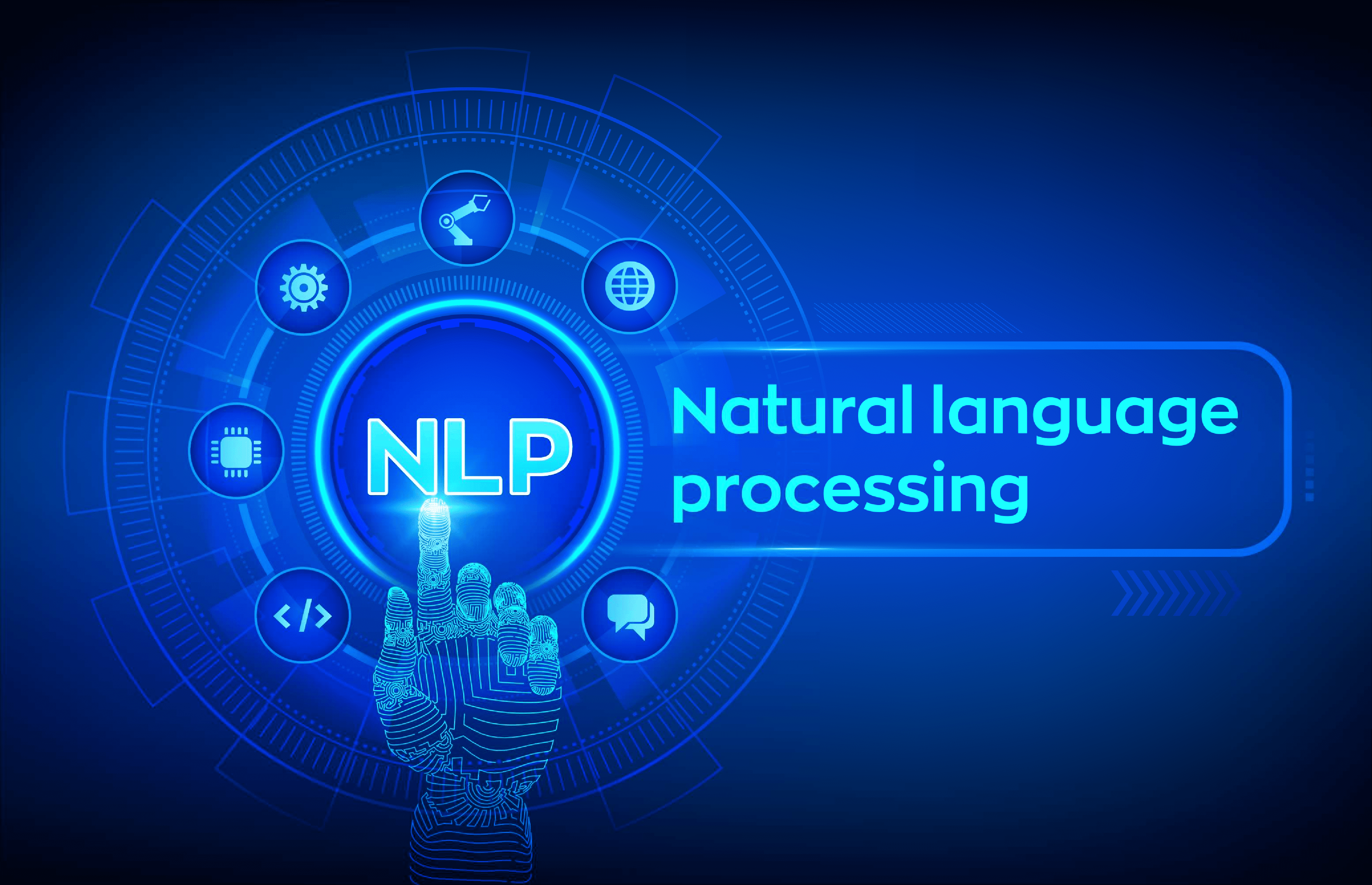Machines’ native language is computer code. Learning to code may be intriguing for some people. But it’s not the cup of tea that most people would want to go through. Natural language processing (NLP) is serving as a tool that bridges the communication gap between machines and humans.
For many years humans had to learn the computer’s native language to communicate with machines. Which is not a pleasant activity for most people. However, the advancement of NLP technology allows computers to communicate using human language. The technology is crafted by integrating multidisciplinary fields including linguistics, computer science, and artificial intelligence (AI). Its applications such as chatbots, autocompleting in search engines, translator apps, voice assistants, and others, are widely used online.
The Essence of Natural Language Processing
NLP is the ability of a computer program to understand spoken and written human language. It is a sub-field of AI that enables computers to comprehend, analyze, and modify the human language. The goal is to bridge the communication gap between humans and machines.
Most people do not understand the computer’s native language, computer code. The nature of computer language by itself is incomprehensible to most people. Machines however communicate through this language that involves zeros and ones to result in logical actions rather than words and conversations. Putting a lot of effort to learn a language that is comprised of only zeros and ones doesn’t seem to be appealing to most people.
The human language is also a complicated tool. Especially, it’s hard to learn for non-natives. It has countless alternatives for expressing thoughts using verbal and written language. Not to mention, a single language has many dialects, different accents, varying semantics, massive lexical resources, a series of terminologies, grammar rules, and slang. Let’s not forget, language is also dynamic and has the tendency to exhibit variations of usage based on changes and experiences of its society.
As hard as it sounds to learn the human language, NLP applies machine learning capabilities to spot and learn all those elements of the human language. Machine learning’s potential of extracting data coupled with the integration of AI and deep learning enables computers to read text, listen to the speech, analyze conversations, determine sentiments, and identify key points.
Even though deep learning, supervised learning, and other machine learning applications are increasingly utilized to mimic the human language, these technologies are reported to have difficulties in understanding the semantic structure of the human language. NLP on the other hand proved to have the ability to grasp and analyze the complexities of human language structures.
Applications of Natural Language Processing
These days, machines are doing a better job in language-based data projects than humans. They are executing it without getting tired, without stopping, without bias, and with greater authenticity. Applications of NLP are being used for automating text and audio analysis from the massive volume of data that is generated daily from several sectors.
The applications of NLP are diverse including chatbots, virtual assistants, machine translations, sentiment analysis, autocorrect features, autocomplete features, market intelligence, intent classification, speech recognition, and others. All these applications are increasingly utilized in several sectors including finance, healthcare, social media, human resource, marketing, e-commerce, and cyber-security.
With the increasing demand for the analysis of unstructured data in data management demanding fields, NLP is being used as a reliable tool for data analysis in language-related projects. For instance, it’s hard to analyze and make interpretations of human sentiments for machines. How could they possibly understand humans’ feelings and emotions? Humans’ feelings and emotions are not structured. There is no algorithm for it. With NLP-enabled machines, however, it’s possible. Businesses are using this capability of NLP applications to have feedback on their customer and employee satisfaction levels.
Future of Natural Language Processing
Even though NLP has become popular a decade ago, it is not a new science. It has drawn the attention of several scholars since the 1950s. It has evolved into an essential tool with even wider opportunities in the coming years. According to Fortune Business Insights, the global NLP market size is projected to reach $127.26 billion in 2028, at a compound annual growth rate (CAGR) of 29.4 percent.
In the coming recent years, we can bet that we will witness more chatbots and virtual assistants in our favorite online shopping apps. We can also bet that Alexa and Siri would have more smooth and more considerate conversations with humans. In the long run, there could come a world where services that involve verbal and written communications are dominantly run by machines.
Photo: Iurii Motov/Shutterstock
You might also like:
Support us!
All your donations will be used to pay the magazine’s journalists and to support the ongoing costs of maintaining the site.
Share this post
Interested in co-operating with us?
We are open to co-operation from writers and businesses alike. You can reach us on our email at [email protected]/[email protected] and we will get back to you as quick as we can.









